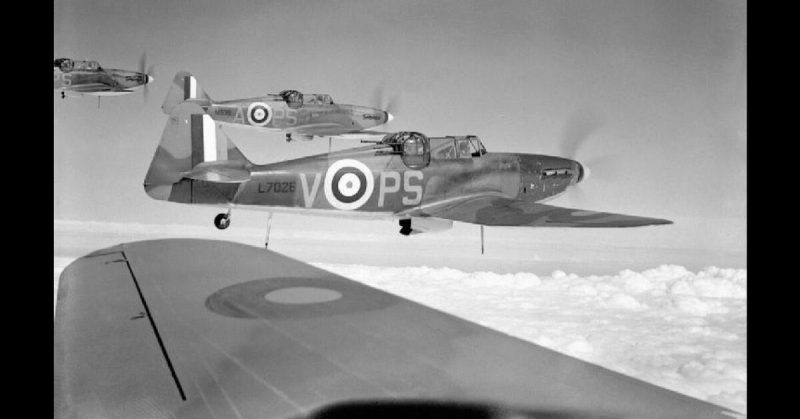In WWII the Battle of Britain was fought in the air. A victory was achieved through the skill and courage of the rightly revered fighter pilots. However, intelligence gathering, both in the air and on the ground, was also vital to Britain’s success in its darkest hour.
Observing Bases
Stopping German bombing raids relied upon knowing when and where those strikes were coming. If planes were not in the air at the right time and place, then the initiative would be in the hands of the attackers. The enemy bombers would do their job and then turn for home before the British could attack them.
The starting place for interception was in knowing where enemy air bases were, especially the largest ones from which most raids were coming.
The main tool for achieving this was photo reconnaissance. A neglected art at the start of the war, it quickly took a prominent place in Britain’s intelligence gathering. Flying high and fast over Nazi territory, pilots took photos of Luftwaffe bases. These were brought home to an increasingly skilled group of specialist analysts, who used them to work out where attacks were likely to be launched from and how long it would take to reach their targets.
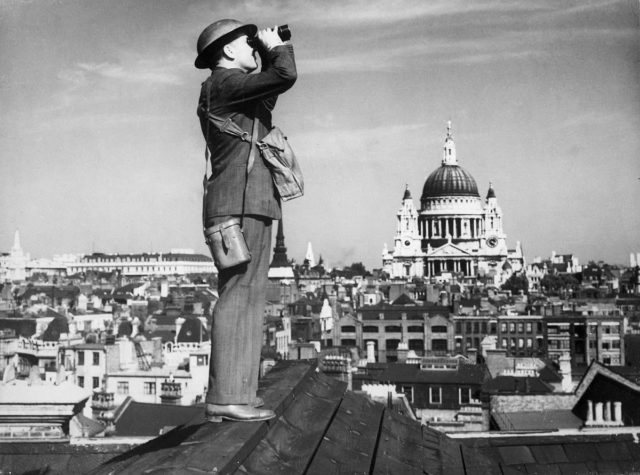
Knowing the Enemy Forces
As the battle commenced, the Air Ministry was relying on wildly varying estimates of how many aircraft the Luftwaffe were fielding against Britain. It caused difficulties in planning how to counter them.
The solution came from intercepted signals.
Founded in 1927, Y Service was part of the Royal Navy dedicated to intercepting and interpreting enemy wireless signals. From early in the war, they were supported in their efforts by Ultra. This secret operation was committed to breaking high-level German messages encoded using the Enigma machine.
Y Service identified the call signs used by enemy units and the way they related to each other. It let them compile an almost complete picture of the Luftwaffe order for the battle. It gave a better idea of the number of planes involved, which enabled more efficient planning for defense.
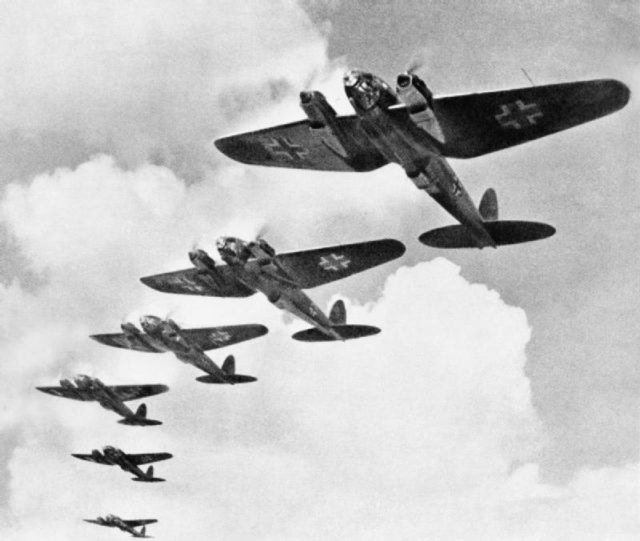
Seeing Attacks Coming
It provided the British with information on how large the attacks were likely to be and where they would come from. However, it was not immediate enough to detect incoming attacks. For that, Britain turned to a technological breakthrough.
In 1935, Robert Watson-Watts demonstrated that an aircraft could be detected by directing a radio beam against it and then seeing the beam return. By 1940, this technology had progressed into a working radar system, with over 50 stations along the English southeast coast.
Radar transformed the Battle of Britain. It allowed the British to see an attack coming, know its speed and size, get planes into the air, and move to intercept. It turned the defenders into attackers.
Thwarting Technology
As well as developing their own technology, the British disrupted that of the Germans.
At the start of the war, the Germans used beam-based bomb targeting. Two versions of this technology, one with a single and the other with a double beam, could be used to target and destroy British facilities more accurately.
A combined intelligence effort taught the British about this technology. They analyzed captured equipment, listened in on prisoners of war, and studied information smuggled out of Germany in the Oslo Report. They not only identified the technology being used by the Germans but created measures to counter it.
Listening In
Prisoners of war were not the only Germans the British were listening to.
The Y Service listened to a huge range of German radio signals. They did not understand the high-level messages encrypted by Enigma. For that, they were reliant on the work of Ultra, which could pierce only certain sectors of German command cryptography.
Y Service could decrypt many lower level codes, identifying the orders sending units to attack Britain. It gave a more complete and detailed picture of what the enemy was doing.
Y were even able to listen in on the conversations of German pilots in the air. Listening to this traffic taught them not just the call signs and jargon of the German flyers, but also the foreign obscenities used by desperate men fighting a difficult war.
By late 1940, radio signals intercepted by the Y Service could reach air groups within a minute, providing almost instant intelligence.
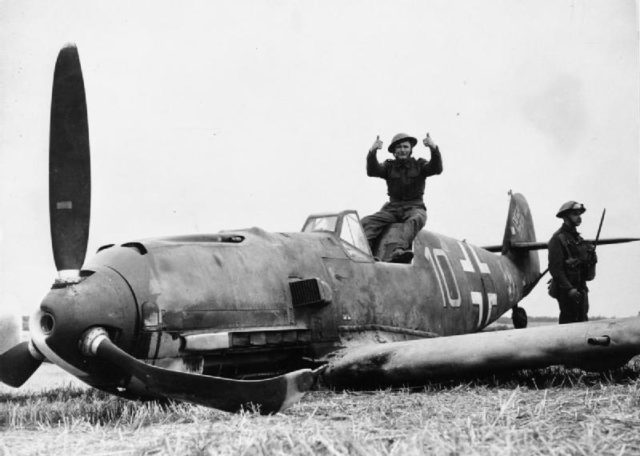
The Problem of Timing
Timing was still a problem. The decryption and interpretation of high-level codes took hours at best. Photographic reconnaissance needed a plane to reach German territory, do its job, and fly home before the photos could be processed and analyzed. Bureaucracy and the separate operation of departments prevented information reaching its recipients quickly. With bombing raids happening daily and taking only hours to arrive, the timing was everything.
Many of the most useful techniques were being refined as the battle was fought. By the time Y Group was interpreting and sending information in a minute, the Germans already suspected they were losing the battle.
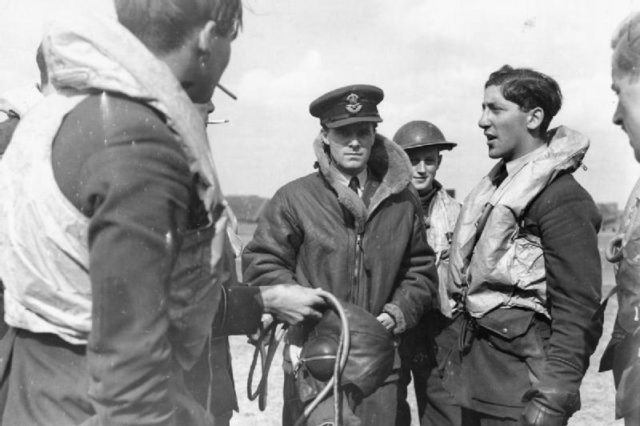
Avoiding Exhaustion in the Air
Limited as it might be, late as it sometimes arrived, the intelligence available was remarkable by the standards of the time. Its impact was impossible to measure but hugely significant.
Without intelligence about German attacks, there would have been only one way to protect Britain. Planes would have had to stay constantly in the air, exhausting pilots, wearing out machinery, and consuming precious fuel.
Thanks to intelligence gathering, British and other Allied pilots could remain on the ground, resting and recuperating, until they were needed. The fighting was still exhausting and the casualties high, but the losses were nowhere near what they would have been without that intelligence.
Source:
Ralph Bennett (1999), Behind the Battle: Intelligence in the War with Germany 1939-1945.
